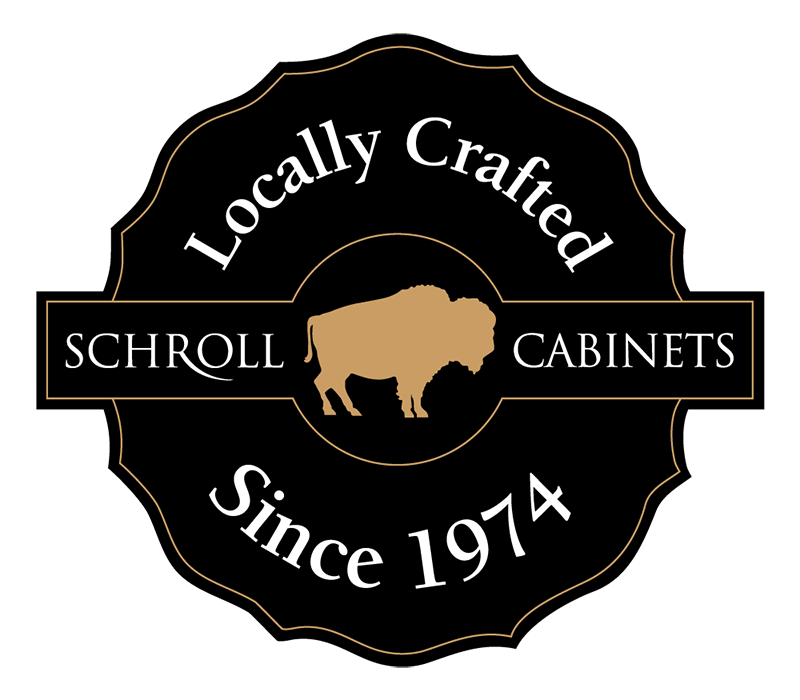
Framed or Frameless Cabinets
“Framed or Frameless?”
There is much debate on the interwebs regarding framed vs. frameless cabinetry. Framed fans cite ease-of-installation pros vs. low-tolerance cons, particularly when discussing the inevitably uneven walls and less-than-level floors encountered in remodeling. Frameless aficionados, on the other hand, may tout the undeniable superiority of a European look and scowl at the mere mention of a quarter of an inch of reveal. By the way, ‘reveal’ is one of those words everybody understands when used as a verb…as in, “When mounting a bar stool, take care not to reveal your fleshy thigh.” When ‘reveal’ is used as a noun, the meaning becomes less clear. But I digress.
Once you rise to a certain level of quality construction, there is little cost difference between framed or frameless cabinetry. So why all the debate? And what should you be wary of if you encounter a designer with a rabid distaste for one or the other? Be suspicious of a designer trying to convince you to buy one style for the simple reason that they don’t sell the other. You certainly can’t blame a salesperson for trying hard to sell the only product they offer, but their single choice may not be the best option for you. If the designer has both lines available but is still talking Bigtime Smack about one of them, they may not have stepped out of their comfort zone to learn something other than what they were trained to do a zillion years ago.
Both of those situations are pretty lame. Hopefully, you will recognize what’s happening and find yourself a better place to do business. Your best strategy is always to find a knowledgeable, reputable designer you can trust who can help you choose the best construction method based upon your project’s requirements rather than their personal biases.
Here are some good examples of why a super-fab designer may lead you down one path or the other:
- The door style or the finish or the material you want to use is available in one box construction method but not the other. A common example of this might be a high gloss acrylic uber-contemporary slab door, which is typically only available with a frameless cabinet box. If this is your situation, availability (or lack thereof) makes your decision very easy.
- The style you’re looking for is available in both framed and frameless and your main concern is appearance. If this is the case, it will be simple to look at sample photos, have a designer point out some particulars, and you’ll make your choice based on your personal preferences.
- Jobsite peculiarities. There really are some dicey site issues that are best dealt with by employing an extended stile or inset retractable doors. These features are available with framed cabinetry because they involve frames, which frameless cabinets don’t have. Duh.
And now we see that the framed/frameless controversy falls into the realm of I Have Better Things To Worry About Than This. We find ourselves here with the perfect illustration (if I do say so myself) of how and when a designer’s expertise can be invaluable. If your designer is asking you the right questions they can easily help you determine which option is truly best suited for your finished project. Donesies. Now, let’s move on to a truly worthwhile debate – toilet tissue draped over or hanging under?

CHEYENNE, WY • 307.632.4278
FORT COLLINS, CO • 970.266.2717
LITTLETON, CO • 303.237.5469
COLORADO SPRINGS, CO • 719.471.4008

All are welcome at Schroll Cabinets, in all of our locations, without exception.
© Schroll Cabinets. All Rights Reserved.


Recent Comments